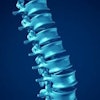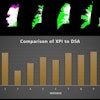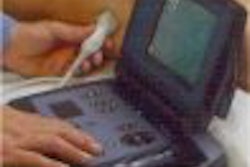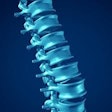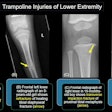Temporal subtraction computed radiography is helpful and practical for detecting pulmonary abnormalities, according to a poster session presented at the 2001 RSNA meeting in Chicago.
Researchers from the department of radiology at the University of Occupational and Environmental Health School of Medicine in Kitakyushu-shi, Japan, randomly chose 1,063 pairs of previous and current chest radiographs in routine work from September 2000 to February 2001. Temporal subtraction images were produced by subtracting a previous image from a current one with a nonlinear image warping technique, according to the researchers.
Four residents and four junior radiologists initially assessed the studies, which were then evaluated by four chest radiologists. The researchers evaluated a total number of 2,205 pairs, including cases with more than one lesion.
Using a seven-point scale, the eight initial observers subjectively rated the presence of temporal changes, first by comparing current and previous radiographs without temporal subtraction images, and again with them. When the image set scores differed by more than two points, three experienced chest radiologists classified the temporal subtraction studies into beneficial and detrimental cases.
Of the 2,205 pairs, 163 (7.4%) were beneficial, while 25 (1.1%) were detrimental, according to the study team.
"There were no significant differences among residents, junior radiologists, and chest radiologists in beneficial cases, but the number of detrimental cases was significantly higher for residents (4.1%) than junior radiologists (0.4%) or chest radiologists (0.1%)," the authors wrote.
Among beneficial temporal subtraction images, 34.5% offered superimposed normal structures. The study team also discovered that in beneficial cases, the percentage without history of a chest operation was higher than that of patients who had undergone thoracic surgery (9.4% vs. 5.1%). Fourteen of the 25 detrimental cases were due to misinterpretation of artifacts, according to the researchers.
"The temporal subtraction of chest radiographs is a useful and practical technique in routine clinical use, which contributes to the detection of pulmonary abnormality, and the usefulness is independent of the radiologist's experience," the authors concluded.
By Erik L. RidleyAuntMinnie.com staff writer
December 28, 2001
Copyright © 2001 AuntMinnie.com
